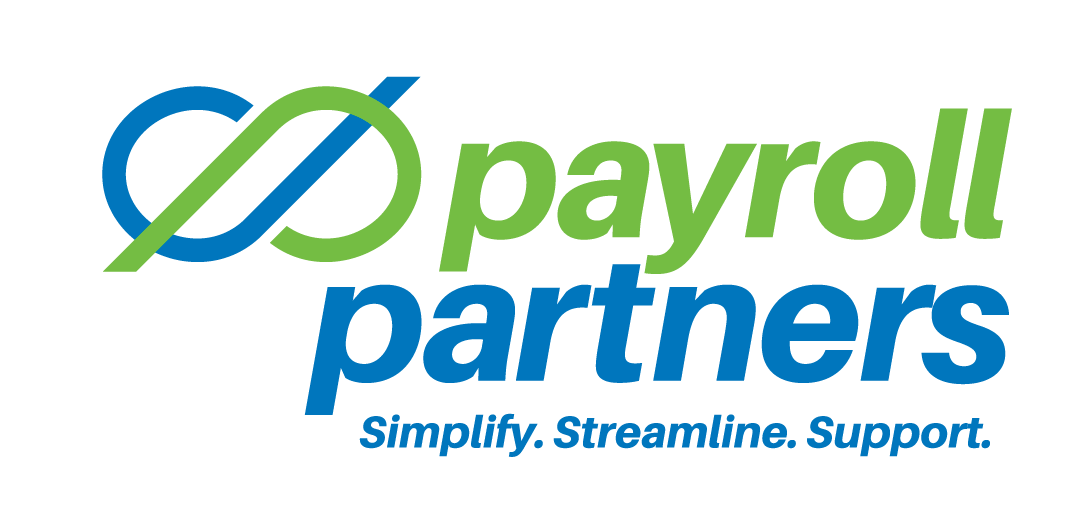24 Nov Employee Benefits and Furloughs
The pandemic has thrown businesses into a never-before-seen scenario that has upended how they operate. Many businesses that were thriving before the pandemic now find themselves having to make difficult decisions, including whether to furlough or lay off employees. This task is not as simple as cutting payroll. Other factors must be considered. For example, furloughed employees are treated differently than laid-off employees when it comes to employee benefits.
It is critical for business owners to address these issues armed with the knowledge they need to make the best decisions possible. The following four considerations need to be part of any employee benefits analysis.
Health Benefits
When employees are furloughed, they still may be able to maintain their employer-paid benefits. Those who are laid off, however, generally are not. Briefly, here’s how it works:
People who are laid off are eligible for COBRA for their medical, dental, vision and HSA. The employer isn’t responsible for paying any of the cost, but may choose to do so for some or all of the 18-month COBRA period.
People who are furloughed keep their benefits as long as they are in a stability period. Those who aren’t in a stability period are eligible for COBRA. However, the employer may choose to either (1) pay the cost or (2) consult the plan sponsor about amending the plan to include furloughed workers.
The rules around these issues are complicated, so seek the advice of professional counsel before finalizing any decisions.
Disability and Life Insurance
Eligibility for disability and life benefits are affected by furloughs or layoffs. In some instances, the business need to continue paying for these benefits. Consult your employee benefits adviser to determine the relevant provisions in your plans.
Severance Pay and Severance Packages
Severance pay is compensation that often is given to employees when they are laid off or terminated. Severance packages are similar, but they include both pay and benefits. Severance pay isn’t mandated. Instead, it is viewed as a goodwill gesture.
Before the pandemic, severance pay may have prevented a person from applying for unemployment as long as the money covered the wages — it depended on the state. The Families First Coronavirus Response Act (FFCRA) granted some leave provisions that are applicable nationwide.
The Long View
Money is tight in most businesses, so employee benefits might be viewed as an expense that can be cut. An intangible factor needs to be included in this calculation, however, and that is talent. When things improve and businesses are on the other side of this pandemic, the shortage of great talent that has been with us for a while will matter more than ever.
Businesses need to consult their financial, legal and employee benefits professionals so they can come up with a workable plan that will get them through the worst of these disruptions and leave the business in a good place for moving forward once a stable new normal is achieved.
Original content by Industry Newsletters – September 15, 2020. This information is provided with the understanding that Payroll Partners is not rendering legal, human resources, or other professional advice or service. Professional advice on specific issues should be sought from a lawyer, HR consultant or other professional.


